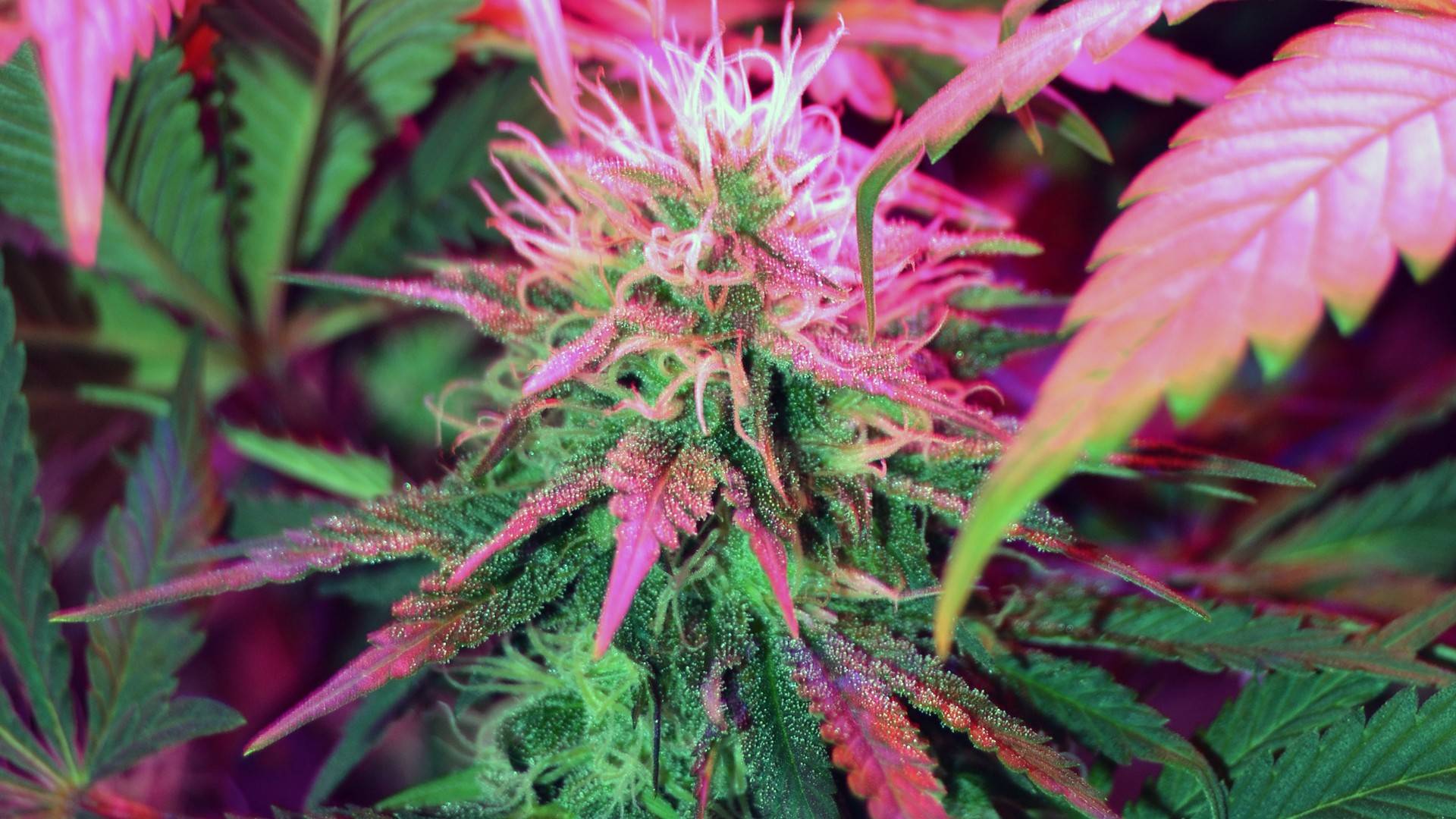
There are conflicting studies about whether or not marijuana use can create physical changes in the brain or even lower people’s IQs. But even if there are no physical changes to the brain, most agree that there are noticeable changes in the behavior of those who use marijuana. Studies have found that those who began using marijuana during adolescence had lower IQs, and did not recover lost IQ points after discontinuing their marijuana use. For those who did not start until adulthood, no IQ points were lost.
But this does not mean there are no side effects; other studies have shown that marijuana has negative effects on attention, memory, and learning, and that these negative effects can last for days or weeks after use. Understandably, these effects are also especially problematic for students as they negatively impact the processing and retention of knowledge. In school, missing or not understanding even a few lessons can hurt a student’s overall performance since lessons are generally cumulative.
For those interested in reading about these effects in action, look at the links attached to the post on potential marijuana addiction. There are two stories there of people who realized they were dependent on marijuana and the tolls it was taking on their lives.








